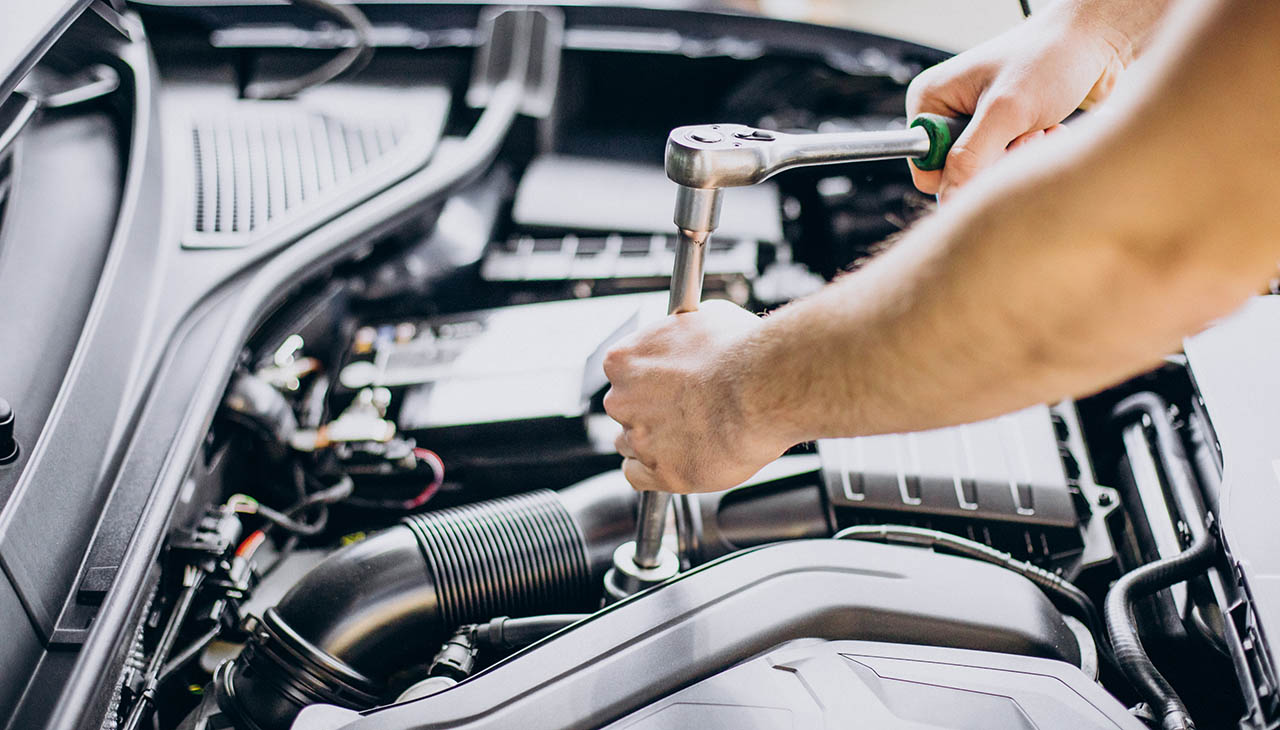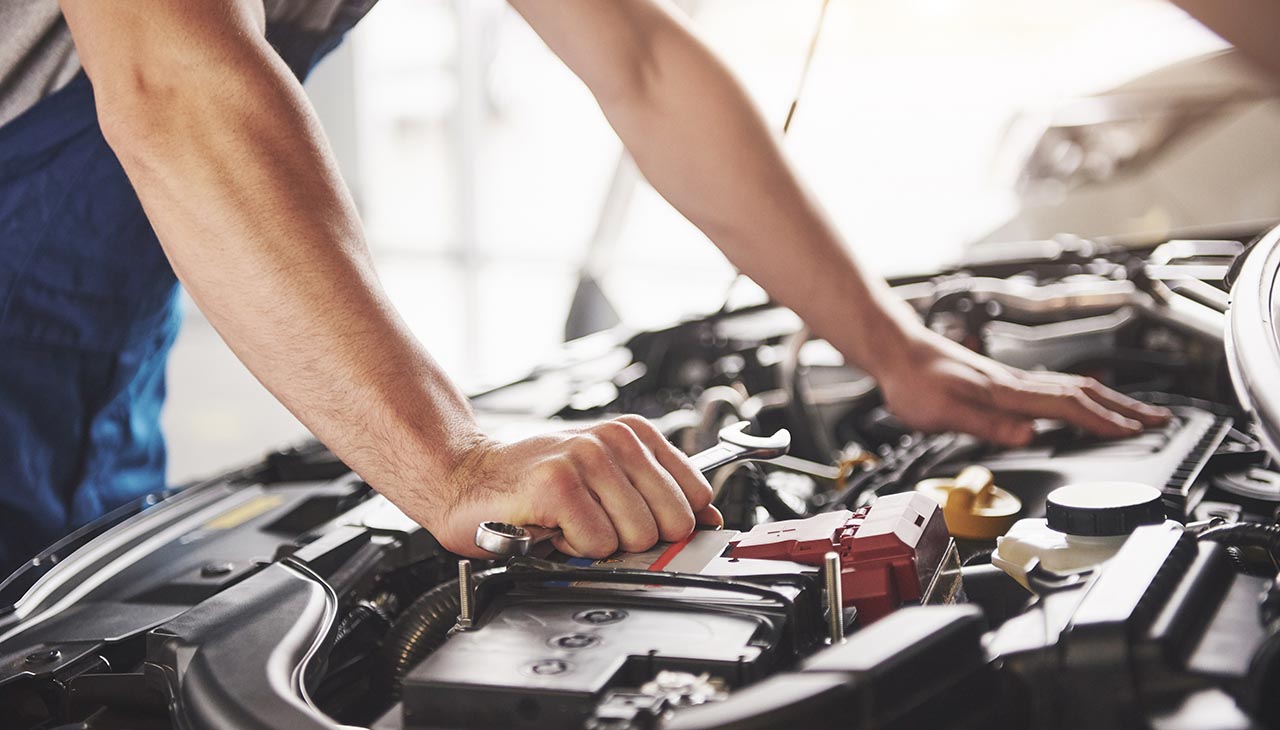The typical car insurance coverage policy consists of several different types of insurance coverage and your policy premium will depend on the types and amounts of coverage you choose. Click on the terms below to learn more about the various types of coverage for your car.
General Liability
General liability car insurance covers injuries/deaths and property damage resulting from an accident. This is the most important type of car insurance coverage and is commonly required by law in many states. Each state has its own minimum liability requirement. Some insurance companies offer “split-limit” coverage (each part of the coverage is split into its own limit, i.e. $15,000 max. per person injured, $5,000 for property, etc.) while others offer “combined single limit” (the entire combined coverage for bodily and physical damages under one limit, i.e. $100,000 total). Typically, liability is presented in three numbers (each representing dollars in thousands):
First Number:the maximum bodily injury for one person in an accident.
Second Number:the maximum for all injuries in a single accident.
Third Number:the maximum for all property damage in an accident.
For example, 15/30/5 represents (for one accident) $15,000 per person injured, $30,000 maximum for all people injured, and $5,000 total for property damage. General liability coverage should be equal to your net worth: this will help prevent dipping into your personal accounts and assets for any “spill-over.”
Medical Payments
This “good-faith” coverage guarantees immediate medical payments for you, your passengers and other parties, regardless of who is at fault. It also covers you and members of your household in any accident involving an automobile, whether you are on foot, on a bicycle, in a friend’s car, etc.
Collision Coverage
Collision insurance covers damage to your own vehicle in an accident. Collision is generally optional unless your car is financed or leased in which case your bank or credit union, bank or lender will require collision coverage as a condition of the loan in order to protect their interests.
Comprehensive Coverage
Comprehensive insurance covers damage to your vehicle other than collision, such as fire, flood, break-ins, vandalism or theft, vandalism, break-ins, collisions with animals, and fire. It also covers natural disasters like earthquakes, hail, hurricanes and floods (unless the vehicle is overturned, in which it’s considered a collision). Like collision, comprehensive insurance is usually required if your car is leased or financed.
Uninsured/Underinsured Motorist Coverage
Uninsured or underinsured car insurance covers you if you are injured in an accident with others who themselves carry insufficient or no liability insurance. With the surprising number of such drivers out there, it’s a good idea to have some. Some states require UIM/UM, so contact your Agent.
Ad-Ons/Endorsements
These coverages are extra and strictly optional features.
Rental reimbursement Coverage:covers vehicle rentals required because your car is damaged or stolen.
Towing and Labor Coverage:covers charges in case of a road breakdown.
Auto Replacement Coverage:Car insurance coverage is available that ensures your car will be completely repaired or replaced, even if these costs exceed it’s depreciated value.



